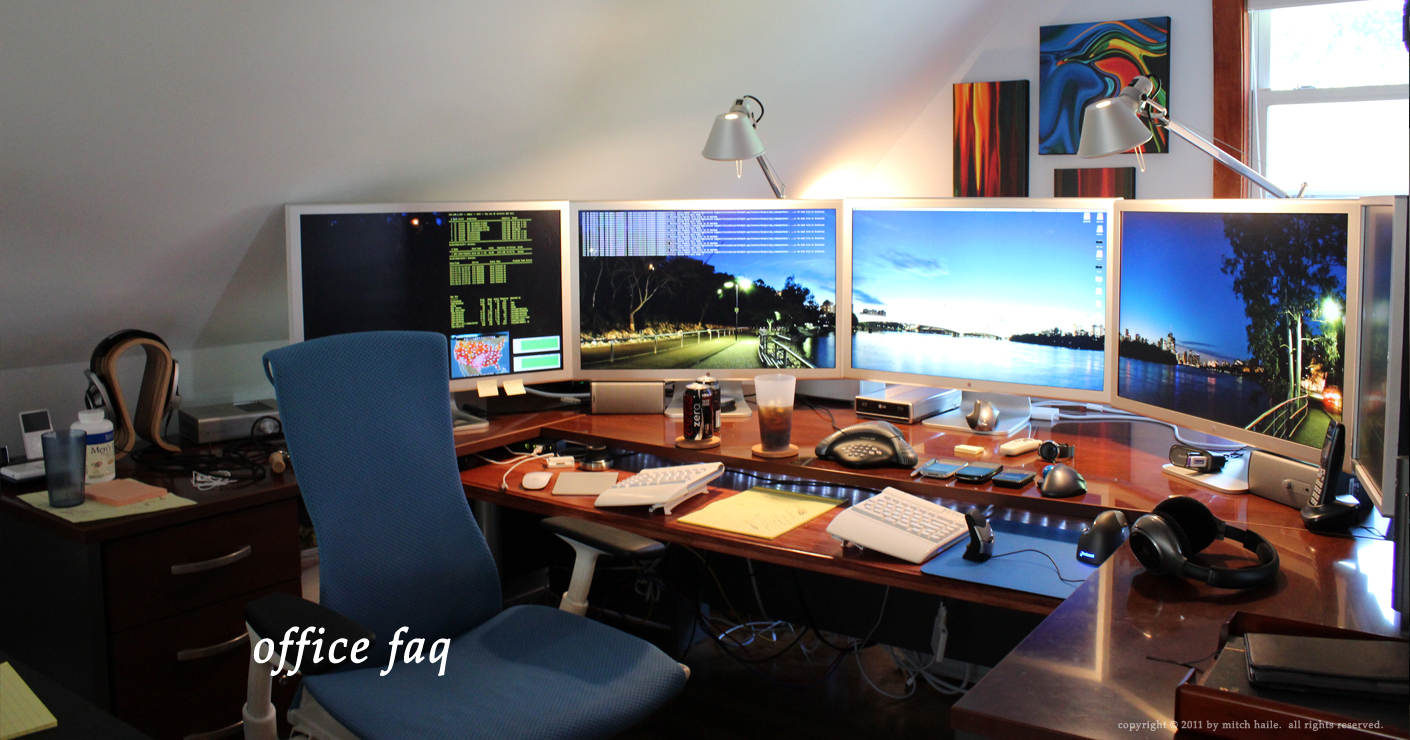
- #People who use computers at work in a office manual#
- #People who use computers at work in a office Pc#
In 1983, the world's first commercial handheld cellular phone, the Motorola DynaTAC 8000X, was also released. In 1980 1GB of hard disk space cost £120,000 in today’s money - compared to about 5p today. However, computing technology was still relatively crude by today's standards.
#People who use computers at work in a office Pc#
In contrast, the IBM PC could process information faster than a 1960s mainframe, for a price tag of less than $1,600. Not that long before the August 1981 debut of the IBM PC, an IBM computer often cost as much as $9m, as well as requiring an air-conditioned quarter-acre of space and 60 people to run and keep loaded with instructions. Personal computers such as the IBM PC (seen here), the Commodore 64, and the Macintosh 128K introduced a step change in how knowledge was processed. The advent of the PC meant the computer moved from a room in the basement to sitting on the desktop. It wasn't until this time that it became the norm in Britain to work five days a week rather than six.īy the 1980s the modern office was becoming recognisable.
#People who use computers at work in a office manual#
Workplace roles were more unequal than today, with women generally employed to do the typing for men.Īt the time the annual UK salary was just over £100, with 70 percent of British workers employed in manual labour.

Computers were still in their infancy and IBM was establishing the Selectric as the de facto standard typewriter in offices, replacing the raucous clack of the older typebar machines with its quieter gyrating typeballs. In the 50s and 60s, the typewriter, 100 years old at the time, was a standard piece of equipment in the office.

The mock-up is part of an exhibition showing the evolution of the office over the past 40 years to mark the launch of The O2 Business Show Live in the Business Design Centre in Islington, London. This scene captures the office of the 1950s and 1960s, from the solid metal Remington typewriter to the bulky Bakelite hand-dialled telephone. The receptionist would generally have operated the switchboard and routed all of the calls. The contribution of modern technology to each worker's productivity is nearly five times greater today than it was in the 1970s, according to a study by the Centre for Economic and Business Research, conducted on behalf of telecoms operator O2. Typewriters have given way to computers, computers and phones have shrunk down to devices we can carry in our pocket and ubiquitous internet means work is always with us, for better or worse. For decades people have spent the majority of their working lives sitting in offices.īut while offices are still commonplace, today's workplace has very little in common with that of our grandparents' generation.


 0 kommentar(er)
0 kommentar(er)
